Optimal Timing for Waterproofing Projects
Proper timing is essential for effective waterproofing projects. The optimal period depends on weather conditions, temperature, and humidity levels. Generally, dry and mild weather ensures better adhesion and curing of waterproofing materials, leading to longer-lasting results.
Spring offers moderate temperatures and less rainfall, making it ideal for waterproofing projects. Early spring allows for preparation before heavy summer or winter weather.
Summer provides warm temperatures that facilitate curing. However, high humidity and rain can delay or affect waterproofing effectiveness.
Fall is suitable due to cooler temperatures and lower humidity. It allows for waterproofing before winter, preventing moisture intrusion during colder months.
Winter is generally not recommended due to freezing temperatures and snow, which hinder proper application and curing of waterproofing materials.
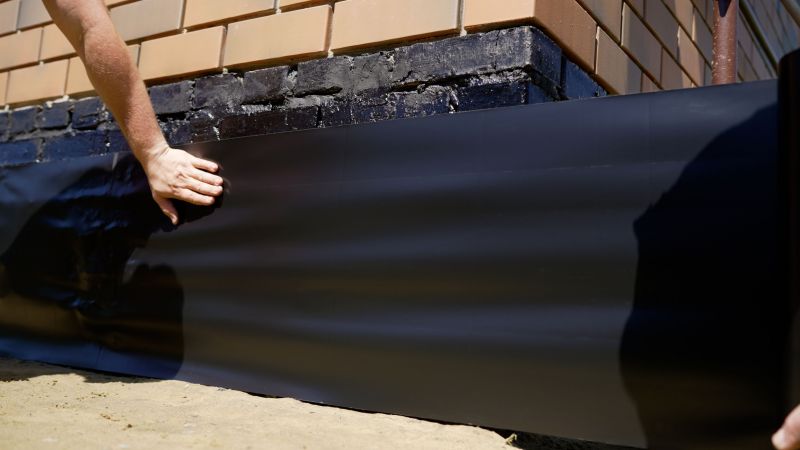
Ways to make Waterproofings work in tight or awkward layouts.
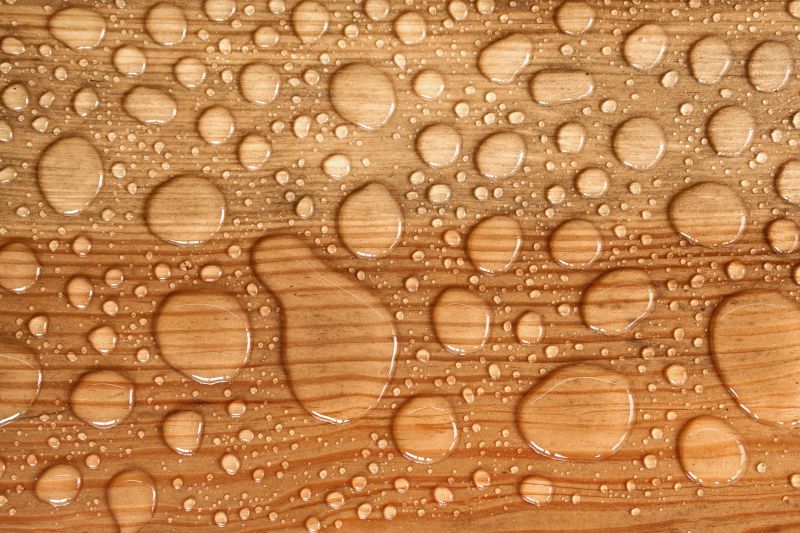
Popular materials for Waterproofings and why they hold up over time.
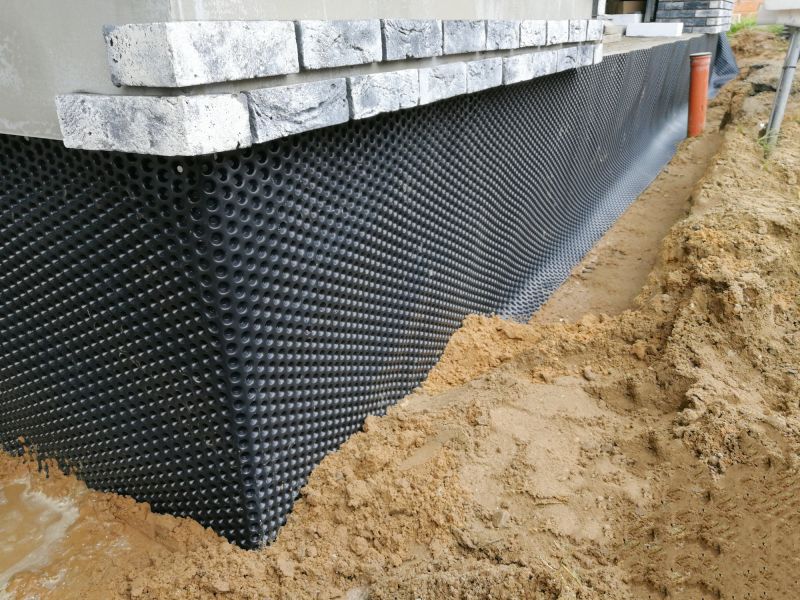
Simple add-ons that improve Waterproofings without blowing the budget.
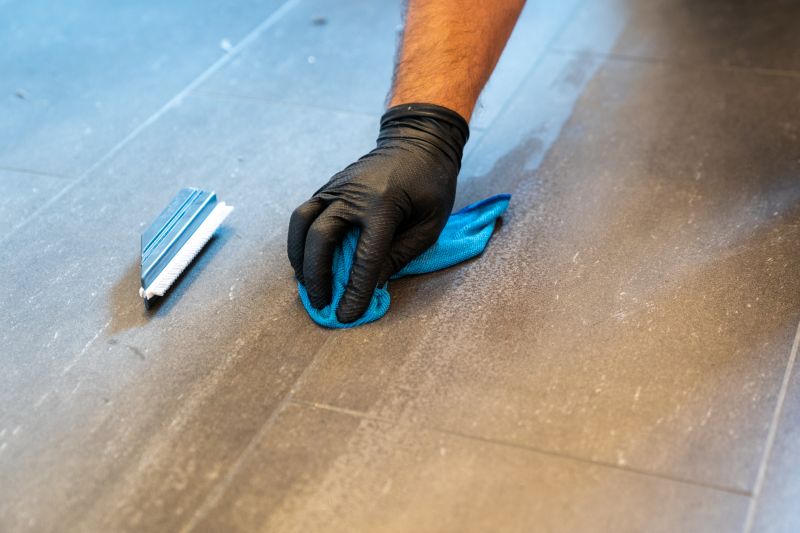
High-end options that actually feel worth it for Waterproofings.

Finishes and colors that play nicely with Waterproofings.
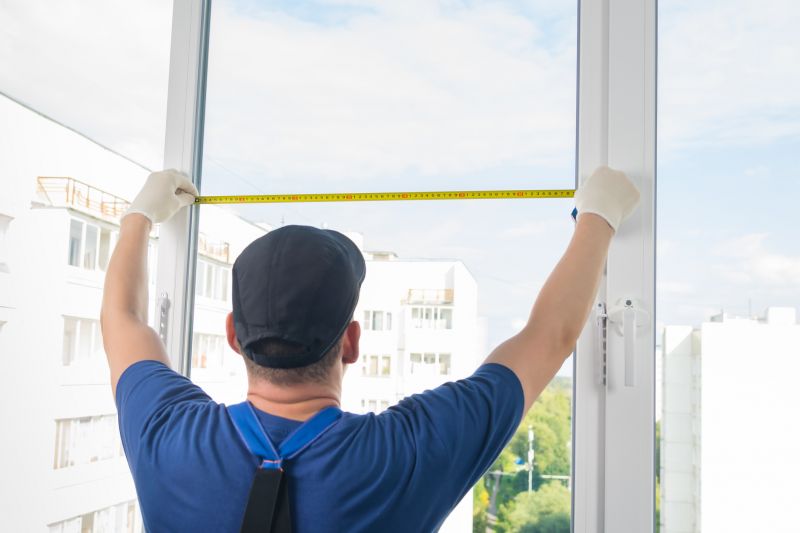
Little measurements that prevent headaches on Waterproofings day.
Waterproofing involves applying protective membranes or coatings to surfaces to prevent water penetration. It is a critical step in maintaining the integrity of structures, especially in areas prone to moisture exposure. Proper waterproofing extends the lifespan of foundations, roofs, and walls, reducing the risk of water damage and costly repairs.
Statistics indicate that effective waterproofing can reduce water-related damages by up to 70%. It is especially important in regions with high rainfall or fluctuating temperatures. The right timing ensures materials cure properly, enhancing durability and performance over time.
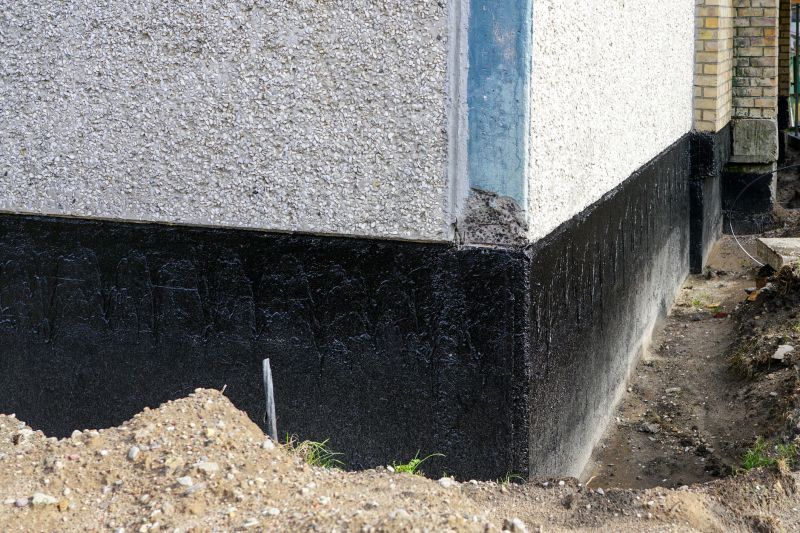
A 60-second routine that keeps Waterproofings looking new.
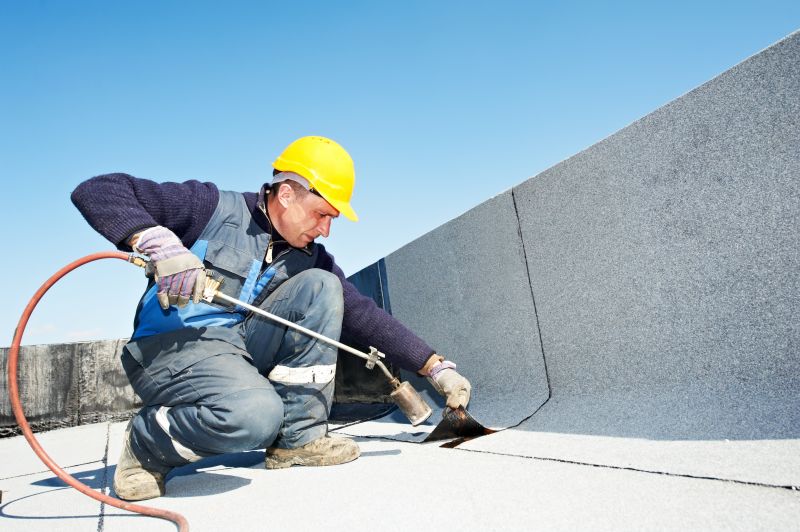
A frequent mistake in Waterproofings and how to dodge it.
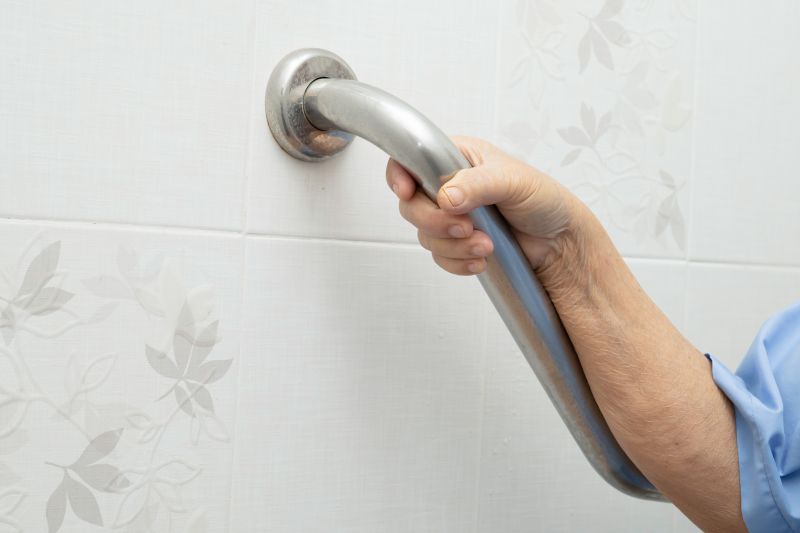
Small tweaks to make Waterproofings safer and easier to use.
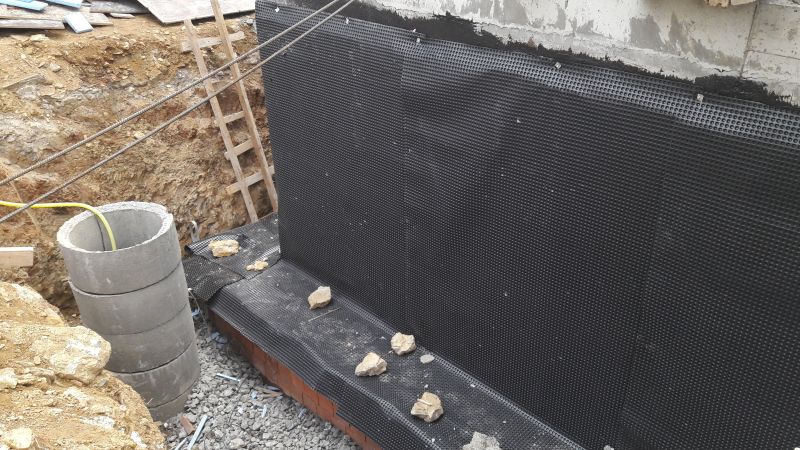
Lower-waste or water-saving choices for Waterproofings.

The short, realistic tool list for quality Waterproofings.
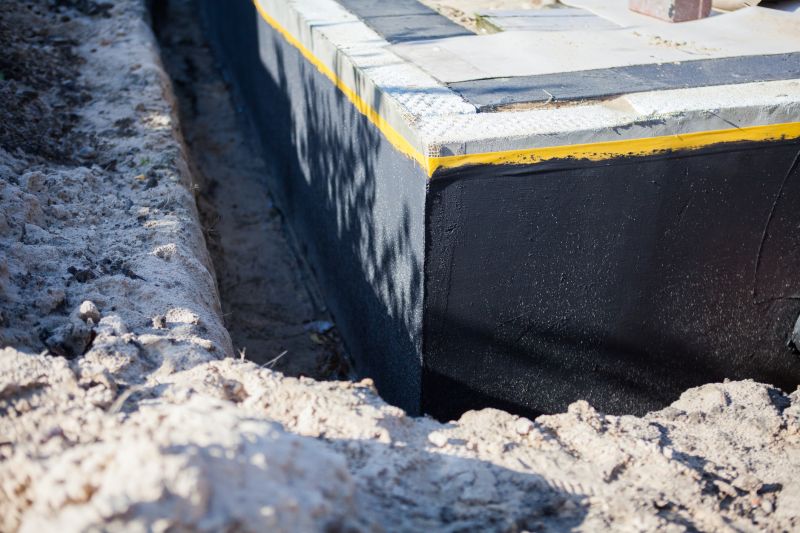
Rough timing from prep to clean-up for Waterproofings.

Quick checks and paperwork to keep after Waterproofings.
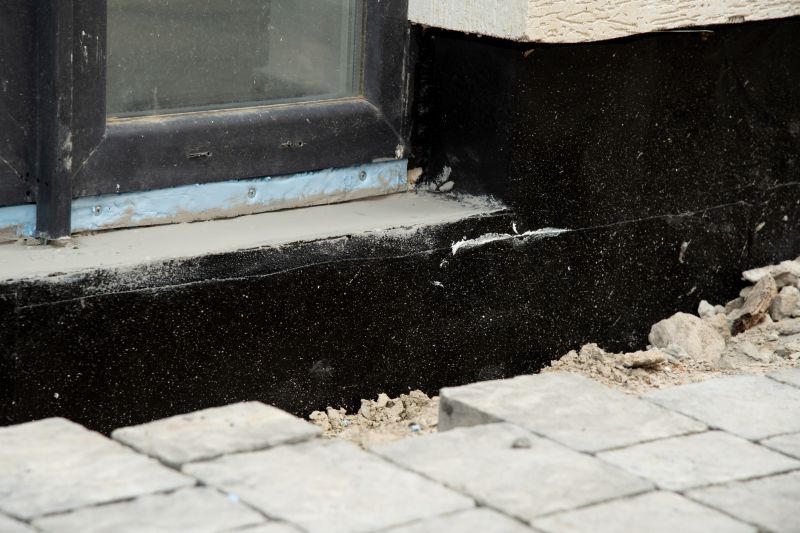
Examples that show the impact a good Waterproofings can make.
| Season | Recommended Conditions |
|---|---|
| Spring | Dry, mild temperatures, low humidity |
| Summer | Warm temperatures, low rain days |
| Fall | Cooler temperatures, low humidity |
| Winter | Freezing temperatures, snow, high moisture |
Choosing the right season for waterproofing projects enhances their effectiveness and longevity. Proper application during suitable weather conditions ensures optimal adhesion, curing, and durability of waterproofing materials.
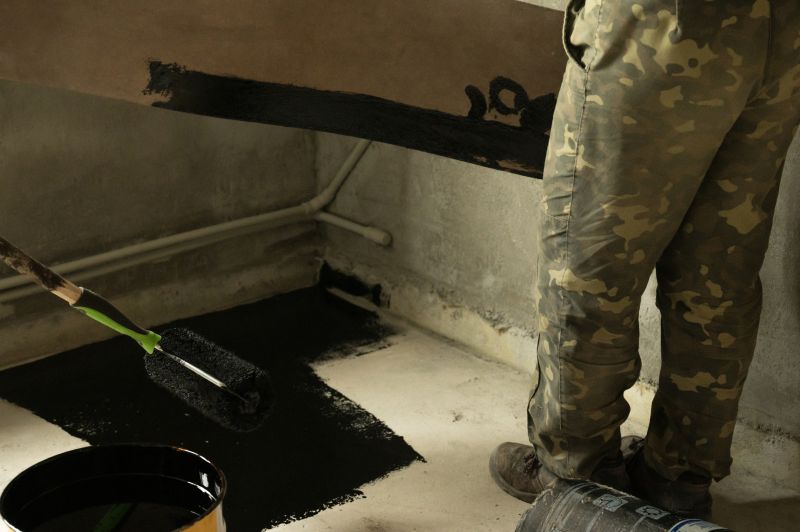
Ways to make Waterproofings work in tight or awkward layouts.

Ways to make Waterproofings work in tight or awkward layouts.
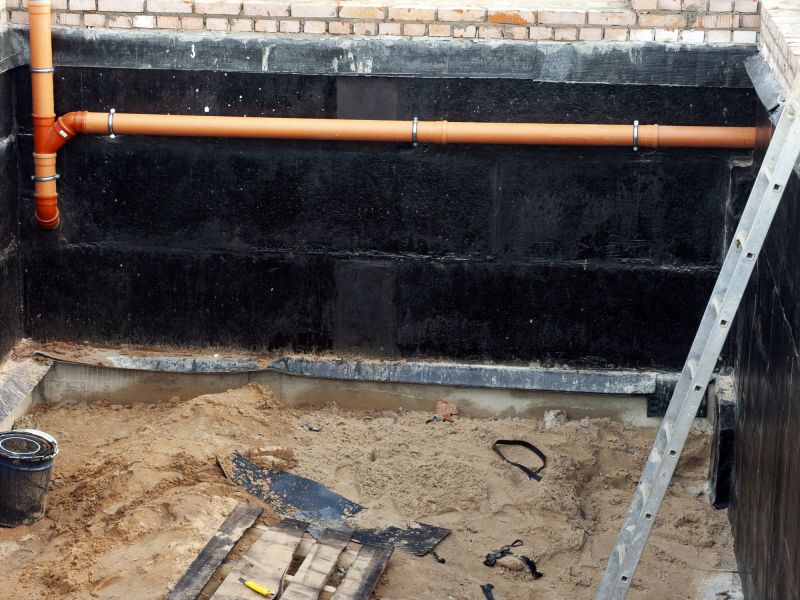
Ways to make Waterproofings work in tight or awkward layouts.
Interested in waterproofing services? Filling out the contact form can provide more information about scheduling and options suited to specific needs.

